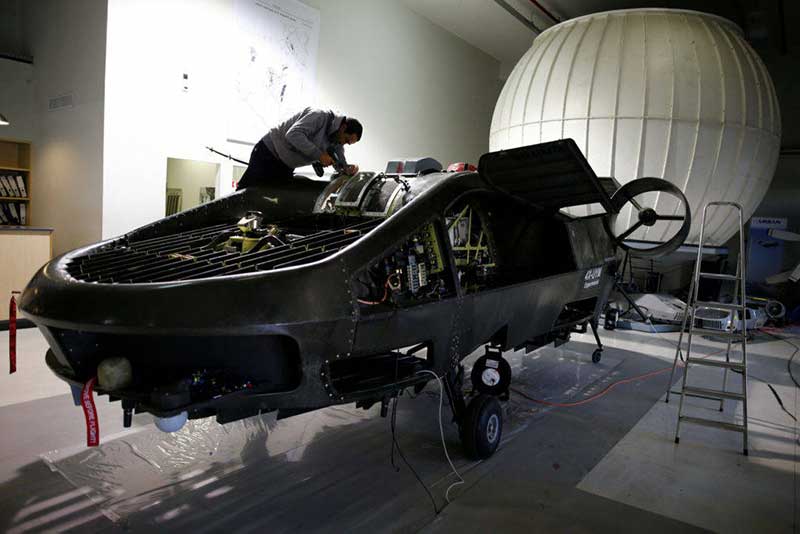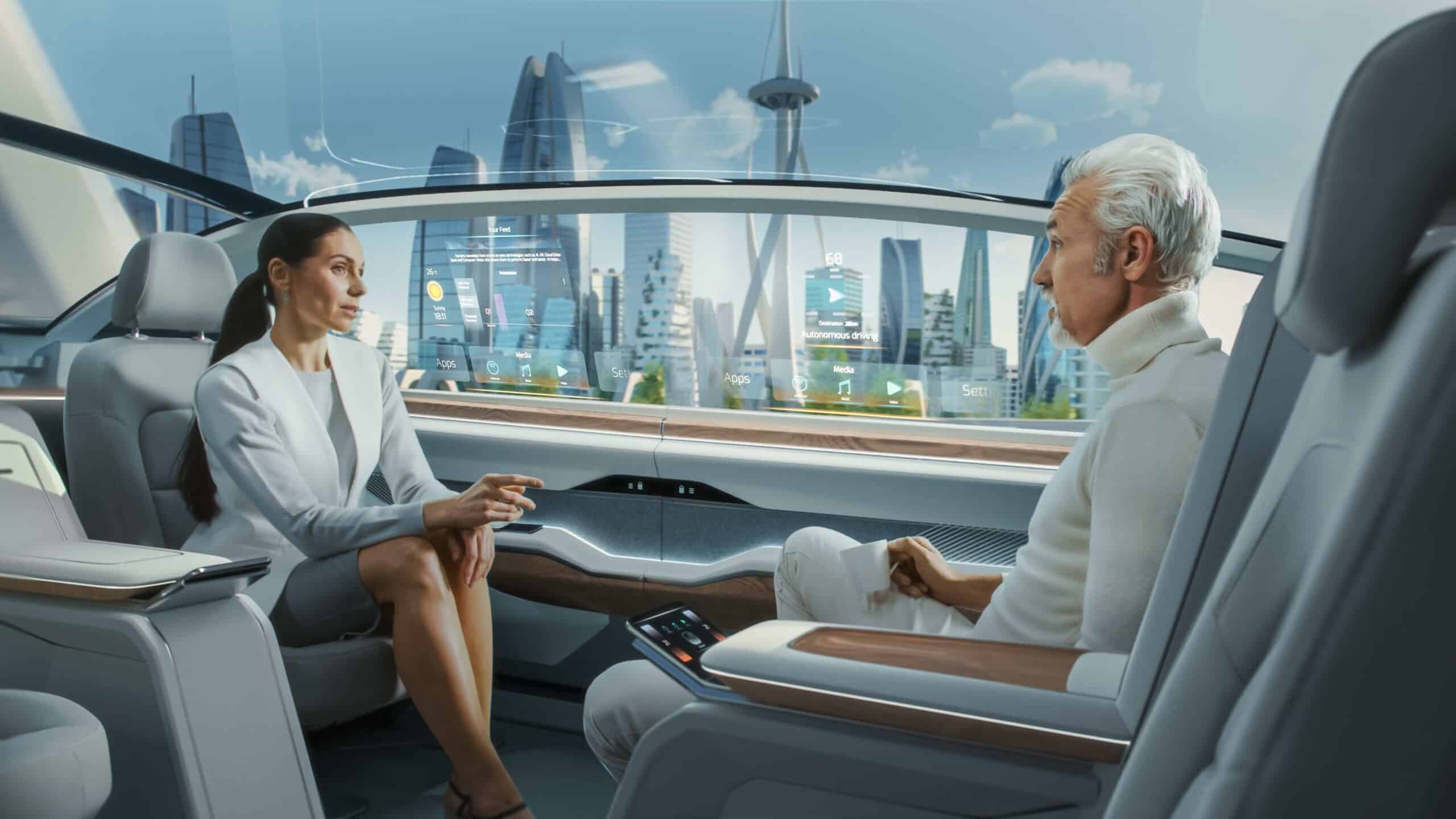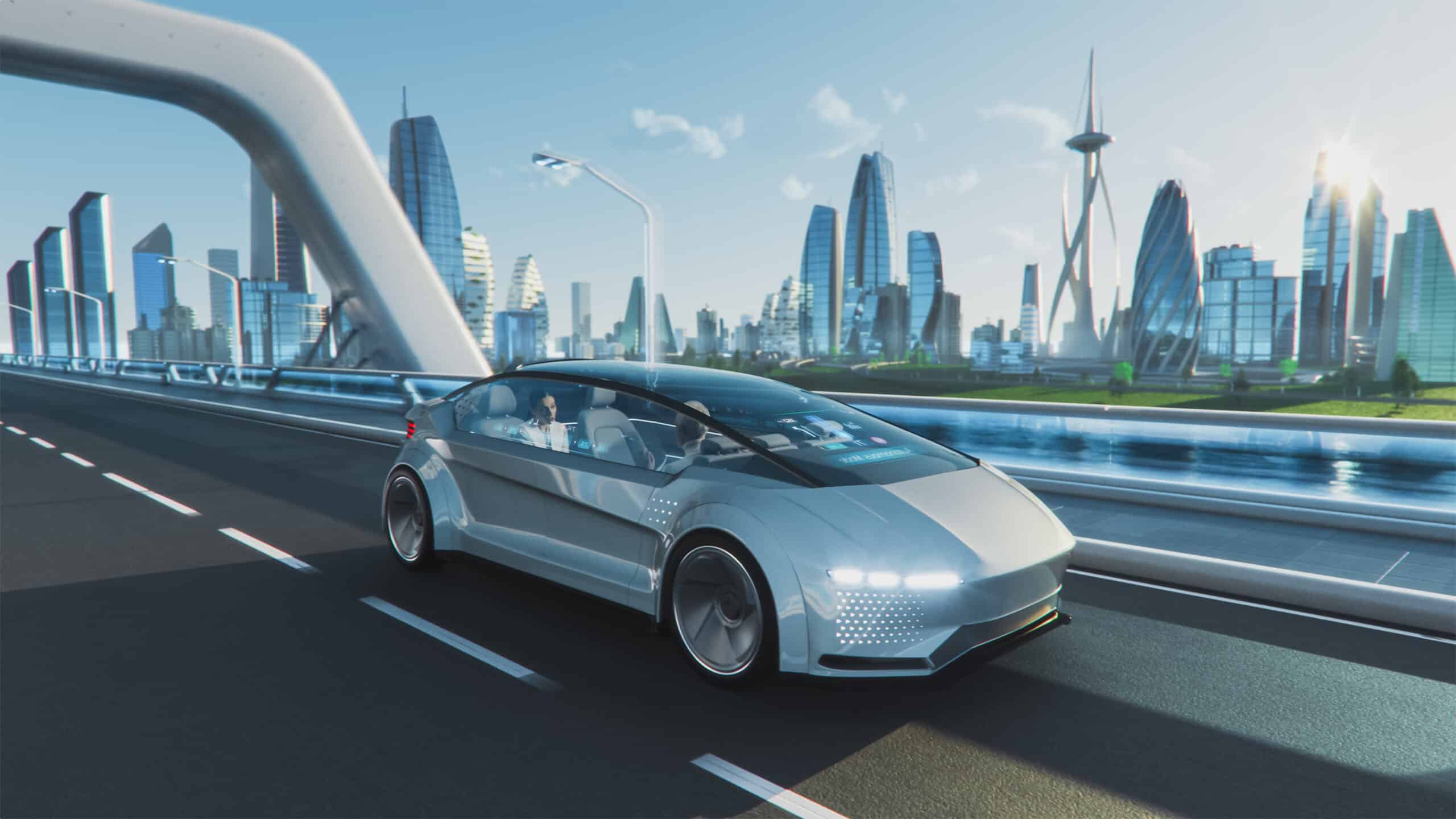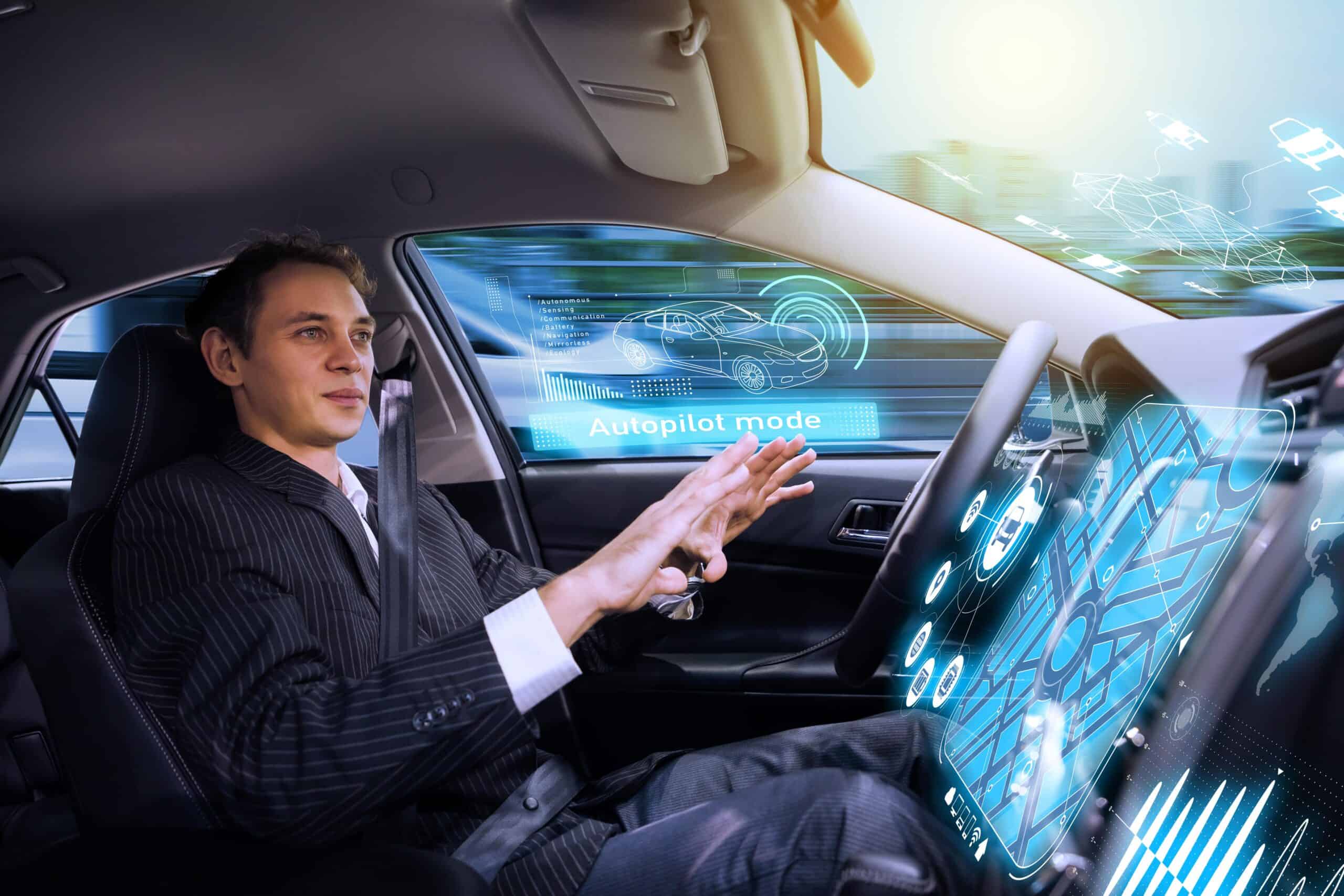- Urban Aeronautics’ Cormorant passenger drone can fly between buildings
- AeroMobil – cross between a passenger car and a small aeroplane
- Airbus to test self-flying transporter this year
- Uber and NASA engineer working together to take vehicles to the skies
- Hurdles to overcome
Experts in the transportation industry believe that within the next ten to fifteen years, our skies will be teeming with autonomous flying cars and taxis. No longer part of science fiction, much of the advancement in the development of flying cars is actually owed to innovation such as drone technology. This makes it possible for manufacturers to start with an ‘off the shelf’ product and customise it, which is what quite a few are doing. In fact, there seems to be a lot of competition in the field with big names such as Uber, AeroMobil and Airbus all working on concepts and prototypes that are just about ready to be unveiled. Before all these flying car dreams can turn into reality, however, there are a number obstacles to overcome, such as the development of batteries that can keep them in the air long enough and ensuring the safety of thousands of low-flying aircraft in urban areas – and the people in the streets underneath them.
Despite the obvious and significant hurdles, entrepreneurs are moving onward and upward. They envision a vast potential market for thousands of small, two-seater personal aircraft and air taxis whizzing people around metropolitan areas and city centres, landing on and taking off from the tops of office buildings. In this article we will discuss some of the companies that are in the process of developing the aerial vehicles science fiction is made of – the very vehicles set to revolutionise passenger transportation and urban travel.
Free trendservice
Urban Aeronautics’ Cormorant passenger drone
After fifteen years of development, Israeli tech firm Urban Aeronautics’ is planning to get their 1,500 kg passenger drone ‘the Cormorant’ onto the market within the next four years. The flying vehicle is roughly the size of a family car, capable of travelling at 185 km per hour and transporting 500 kg of weight. The Cormorant’s rotors are fitted on the inside and its first flight over terrain was completed in November 2016. The drone could be used for military purposes such as enabling military personnel safe access to hostile environments or (medical) evacuation from dangerous areas. Because of its internal rotors, the passenger drone can fly below power lines and in between buildings without causing any damage. Urban Aeronautics founder and CEO Rafi Yoeli said: “Imagine a chemical substance or a bomb in a city. The Cormorant could come into a street autonomously or remotely piloted, and decontaminate an area.” The company has 39 patents registered for the aerial vehicle and although it has yet to meet all the Federal Aviation Administration Standards, Yoeli is confident that the Cormorant will be ready for the market in 2020.

AeroMobil – cross between a passenger car and a small aeroplane
Slovakian firm AeroMobil’s futuristic flying vehicle prototype combines the characteristics of a small aeroplane and a traditional passenger car and is estimated to launch this year. The latest version of the vehicle, the AeroMobil 3.0, is just one of a couple of the company’s experimental and innovative prototypes, designed to be flown as well as driven. In fact, it transforms from a car into a plane within seconds. As a car it can be used in road traffic like a regular car. It even fits into a normal parking space. As an aeroplane it can land and take off using any surface of a few hundred metres long and use any airport in the world. The vehicle contains features such as autopilot, avionics equipment and a parachute deployment system. AeroMobil’s prototypes are predominantly luxurious flying two-seaters but there are practical uses for the vehicle as well. They could, for instance, be used for law enforcement personnel to access areas which lack adequate road infrastructure. It could help people travel medium distances and significantly cut commuters’ travel time.
Airbus to test self-flying transporter this year
France-based Airbus, one of the largest aeroplane, helicopter and space equipment manufacturers in the world, has recently announced plans to test a self-flying passenger vehicle this year, that will eventually be flying above busy city streets. The ambitious Vahana project was designed to create small, efficient VTOL (vertical takeoff and landing) craft to use in busy urban areas. Even though Airbus has only recently started experimenting with these types of flying vehicles, the company is taking it very seriously. The self-flying vehicles would be part of a type of taxi service, where travelers book a ride via an app, much like current car-sharing services. Airbus Group CEO Tom Enders says: “Flying vehicles can significantly reduce city infrastructure costs as it would eliminate the need to invest millions in bridges and roads. They can also play an important role in the reduction of pollution in overcrowded cities by pushing back traffic on inner city roads.” Vahana aims to have a full-scale prototype completed and tested this year, and a demo unit ready for production towards 2020.
Uber and NASA engineer working together to take vehicles to the skies
Towards the end of last year, Uber announced plans for the development of a VTOL vehicle concept, dubbed Uber Elevate, in order to provide efficient and cost effective passenger shuttle services in and around cities. The electric Uber aircraft can take off and land like a helicopter but are smaller and less noisy. Some of the air-vehicles are drones that will either be operated from a command centre on the ground or pre-programmed for each of their individual flights. Other flying vehicles will be designed for human pilots. Uber is in a prime position to showcase the vast potential of these flying vehicles – given their 55 million active riders – perhaps even pave the way for other companies with similar initiatives and kickstart the entire industry. In order to take these on-demand flying taxis to the skies, former NASA engineer Mark Moore has joined the Uber team serving as the company’s Director of Engineering. According to Moore, within the next three years we’ll see various fully electrical flying vehicles with human pilots managing the onboard computers, flying distances of up to 160 km at 240 km per hour, carrying multiple passengers.
Hurdles to overcome
Recent developments in drone technology have greatly contributed to making flying vehicles a reality in the near future, revolutionising urban travel for millions of people. In order to have these vehicles take to the skies, however, especially the autonomous versions, there are various hurdles to overcome. There’s the battery challenge; self-flying vehicles would need much better, lighter-weight batteries, plus there are no autonomous sensory systems for flying vehicles yet. Then there’s the infrastructure on the ground; we’d need to provide enough take-off and landing space as well as relax air traffic restrictions in order to allow the vehicles to fly unobstructed. Then there’s the non-existent ‘sense-and-avoid-technology which needs to prevent the vehicles from flying into objects mid-flight, which is a significant hurdle for drone delivery schemes as well. The building of the vehicle is no problem. The challenge is whether it could be used in areas where people need it.
Other daily practicalities and concerns
Even though, statistically, flying is safer than driving, these statistics do not necessarily apply to flying cars. A big concern is that we will be sharing the skies with the same people that make our roads unsafe. We will need specialised driving and flying lessons, implement new rules and perhaps even take roadrage (or, in this case, air-rage) management courses. Aeronautical vehicles will also not come cheap. Terrafugia’s car-plane, the closest vehicle we have to flying cars at the moment which drives like a car and has fold-up wings, costs around $300.000. And then, imagine the insurance premiums on this type of vehicle! And what would happen if you run out of fuel or have mechanical trouble? You would simply fall out of the sky. Additional challenges will be posed by bad weather conditions like heavy rain, fog or strong winds, which are already problematic for road traffic and lead to many accidents.
Flying cars or consumer airplanes are definitely coming. According to Tesla’s Elon Musk, however, “…if a flying vehicle is to become popular, it will have to be autopilot, otherwise it’s a bad idea….”








